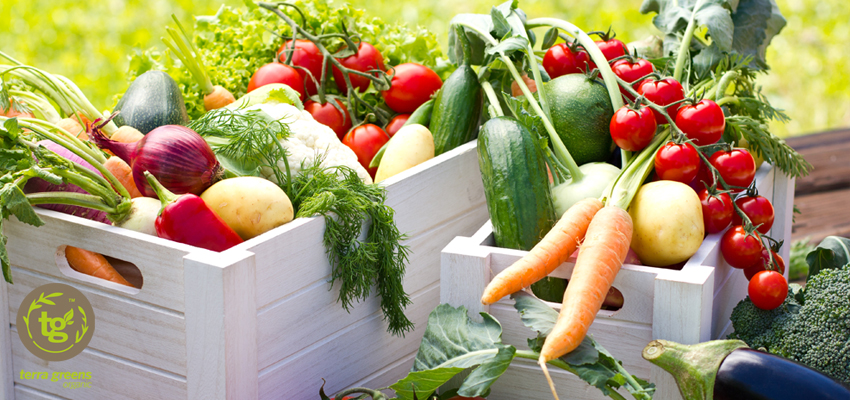As the global populace is racing towards eating right in order to boost longevity, promote health and combat diseases, superfoods have emerged in the limelight as benefactors of all things nutritious and vital for the ideal functioning of the human body. The origin of the term itself has been touted as a marketing gimmick to fuel the worldwide demand for expensive exotic fruits and vegetables that supposedly offer insurmountable health benefits. In view of this, we need to pause and ask whether superfoods are really super?
What are superfoods?
Simply put, superfoods refer to foods that are nutritionally dense or house an abundance of vital nutrients that can help the human body function the way it is ideally supposed to. Merriam-Webster dictionary defines superfood as a super nutrient-dense food, loaded with vitamins, minerals, fibre, antioxidants, and/or phytonutrients.
To elucidate in terms of examples, blueberries, goji berries, acai, salmon and broccoli are among the limited list of foods have been given star status for their supposed nutrition levels. Due to their popularity, these foods are priced considerably higher and are sometimes classified as exotic – not because they are hard to find, but because of the health benefits aligned to these foods.
What is the truth though?
While there have been spirited debates regarding the truth behind superfoods, their connotation and the association of the term with specific foods only, the facts, as plainly stated out by scientific research on various foods that are claimed to be superfoods, are all the same – there are several foods that are rich in nutrients, and that there is no reason for specific foods to receive an elevated status.
Maca powder, cacao, kale and other globally renowned superfoods pack the nutritional punch, sure, but the nutrients we seek are not limited to these foods only. To explain further, take Maca powder – derived from a root plant indigenous to Peru, the powder is promoted for its high composition of calcium, magnesium, potassium and phosphate, and its high energy yields. Although the nutritional composition story holds good, the same nutrients are found in milk, while any food that has high carbohydrate content can yield high energy on consumption. So how can we justify paying a premium for foods that are grown in far-off locales, while we can obtain the same nutrients from foods closer to home? It is prudent to simply incorporate a glass of milk into your daily diet to avail of the nutritional goodness that maca powder promises, minus the holes burnt in your pockets.
We recommend…
Incorporate nutrient-rich foods into your daily diet as opposed to consuming acclaimed (by companies, not by medical experts) superfoods in frugal amounts because of the price tag associated with them. Red cabbage, apples, milk, eggs, tomatoes, spinach, flax seeds, carrots and yoghurt are less than 1% of the list of nutritious foods that are easily available locally. These foods are superfoods in their own right, mind you! They are loaded with vital nutrients such as vitamins, minerals, antioxidants and polyphenols that are great for health.
The buzz around superfoods, in its entirety, is a hype to promote the demand for highly priced foods sourced from various parts of the globe. These foods have little medical substantiation, when it comes to asserting their superiority over other “regular” foods that are also quite nutritious. Ideally, one should incorporate fresh fruits, vegetables, proteins, carbohydrates and fat as part of a daily nutrition plan in order to gain the most from foods. Aim to consume super-meals (read balanced meals), as opposed to consuming small amounts of expensive, exotic-sounding fruits and veggies, and you will be rewarded with health benefits that superfoods promise.

